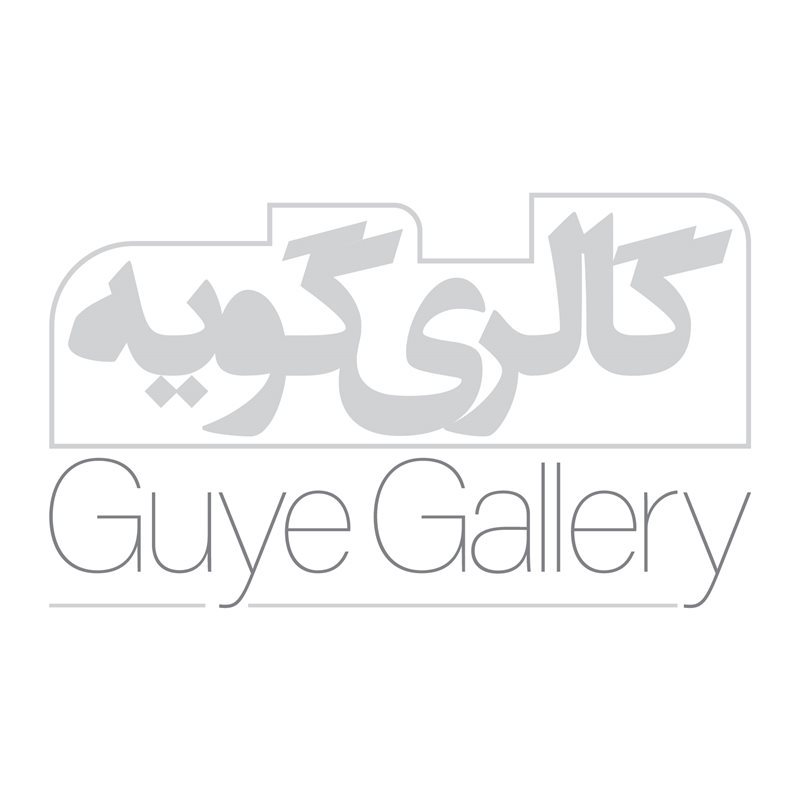 Gooyeh Gallery
Gooyeh Gallery
Migration inevitably influences an artist’s style, and it is something that must be addressed.
Last year, my collection, “The East of My Being,” which includes
paintings from my first five years in Germany, was published and unveiled in Isfahan. The preface was written by Master Mahmoud Farshchian and Dr. Meysam Zandi. I had the honor of drawing on Mahmoud Farshchian’s experiences regarding Persian miniature painting and the impact of migration on Iranian artists.
After rediscovering my new self in Germany and overcoming my homesickness for Isfahan with its colorful tiles and living environment, I delved into the style, technique, and content I now encounter. The theme of this collection is intertwined with nature, oak trees, and an unconscious comparison between the environments of Germany and Iran. It also reflects on migration with two different geographies but a common goal. What happens outside Iran to preserve our culture and art often remains imperceptible and unspoken.
“Algen,” a multi-thousand-hectare performance directed by Saeed Ansarian with his poetry and lifestyle, is so authentic that it could be part of university coursework.
As a female migrant painter who observes the nature and environment of her residence in Germany, with its fresh green oaks standing tall compared to the distressed oaks in “Algen,” I felt compelled to highlight such different perspectives on migration, driven by national pride and love.
For him, the environment and his Instagram platform are not just slogans or show-offs.
Through his spontaneous and honest performances and live presentations, he inspires the audience to think, which is the ultimate goal of conceptual art.
Everything that happened in “Algen” came to life in my single trees or other images with a different perspective on migration and the environment.
Of course, I have a critical view of those who believe that one can only serve one’s homeland by staying in the country, as I witness my compatriots’ efforts abroad to preserve our country’s culture and art


